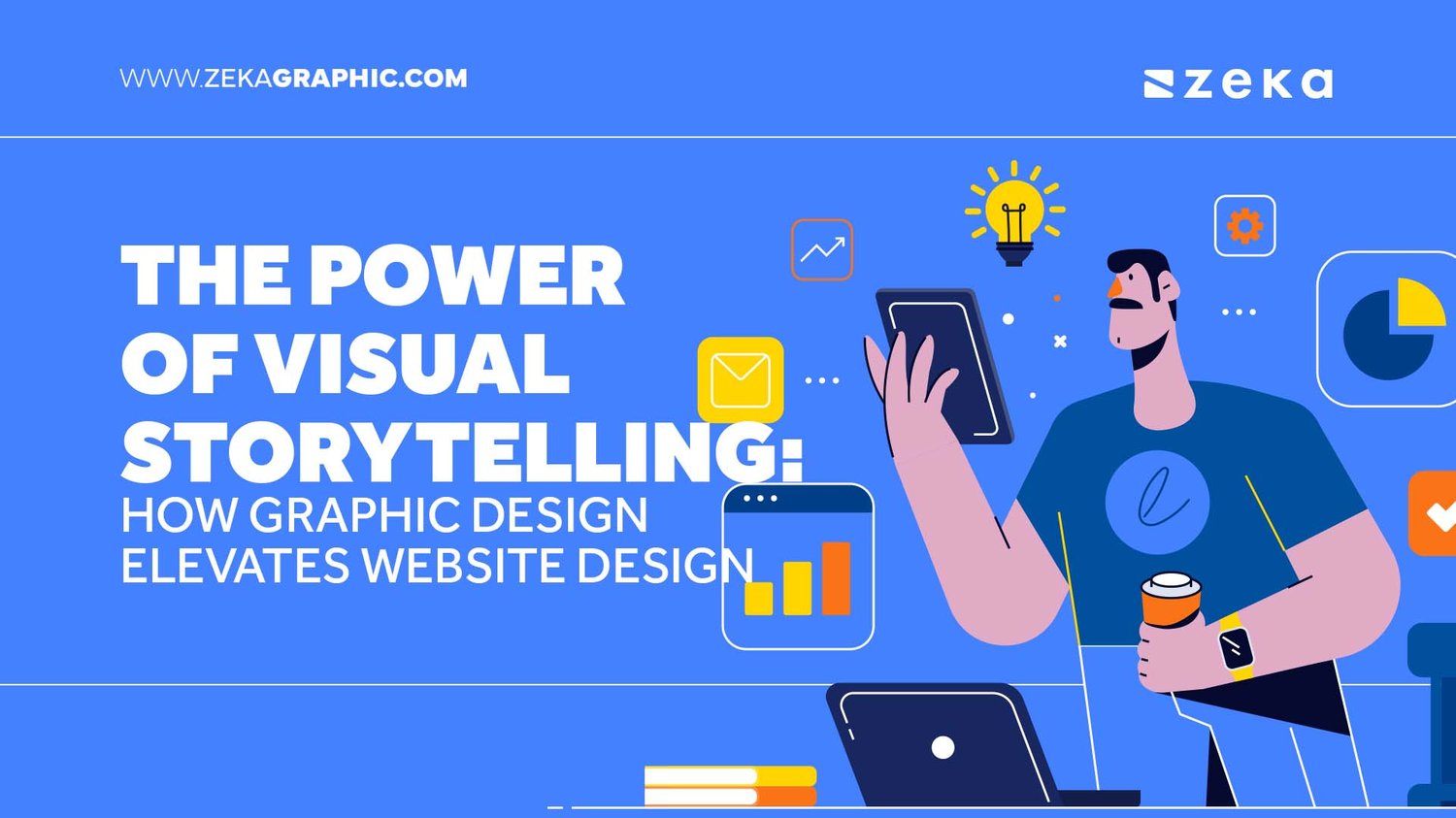Introduction
Graphic design is a powerful tool that enables us to communicate visually and captivate audiences in a world saturated with information. From advertisements to branding, graphic design plays a crucial role in conveying messages effectively. In this blog, we'll explore the significance of graphic design in communication and how it impacts our daily lives.
1. Visual Impact and Attention
In a fast-paced world, grabbing attention is crucial. Graphic design helps to create visually compelling and impactful designs that immediately draw the viewer's attention. Through the use of color, typography, imagery, and composition, designers can communicate messages in a way that engages and resonates with the audience.
2. Enhancing Brand Identity
Graphic design plays a vital role in establishing and maintaining brand identity. Logos, color schemes, and typography choices all contribute to creating a cohesive and recognizable brand image. Consistency in graphic design across various brand touchpoints, such as websites, packaging, and social media, helps build brand recognition and fosters trust and loyalty among consumers.
3. Simplifying Complex Information
Complex information can be difficult to grasp, but graphic design simplifies it by presenting it in a visually appealing and easily understandable format. Infographics, charts, and diagrams are powerful tools used to break down complex data and concepts into digestible visuals. This not only facilitates comprehension but also enhances engagement and retention of information.
4. Evoking Emotions and Creating Connections
Graphic design has the ability to evoke emotions and create connections with the audience. The careful selection of colors, imagery, and typography can elicit specific emotions and establish a connection between the viewer and the design. Whether it's a sense of excitement, trust, or nostalgia, graphic design helps to create a memorable and impactful experience.
5. Influencing Behavior and Decision Making
Effective graphic design can influence behavior and decision making. Design elements such as persuasive layouts, compelling calls-to-action, and visually appealing packaging can sway consumer choices. By understanding the psychology behind design, graphic designers can create designs that influence and guide users towards desired actions.
Conclusion
Graphic design is a powerful medium for communication, enabling us to convey messages visually and leave a lasting impact on the audience. From capturing attention to enhancingbrand identity, simplifying complex information to evoking emotions, and influencing behavior, graphic design plays a crucial role in shaping our perception and understanding of the world around us.




Comments ()